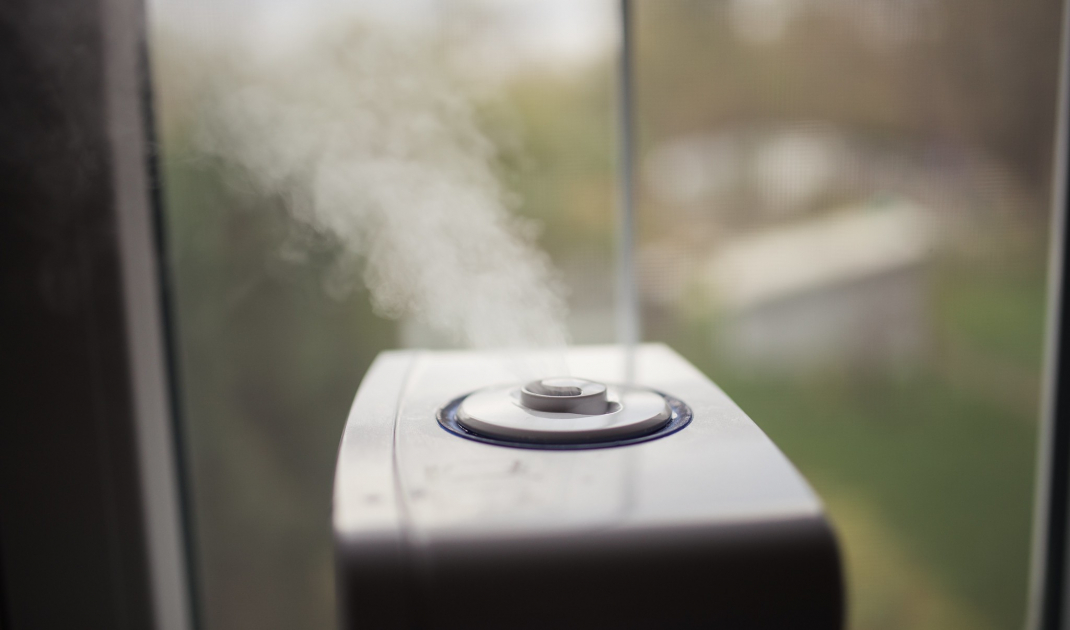A guide to maintaining and using humidifiers
Air humidifiers can alleviate health problems when the air in our homes is dry. This most often happens during the autumn and winter periods when we heat the rooms. Let's find out what else it gives us to install a humidifier at home.
When is a humidifier useful?
In addition to air purifiers, which have a salutary effect on our health, humidifiers can also come in handy in any interior. Humidity in the air acts as a natural humidifier, which can alleviate dry skin or other health problems. For this reason, humidifiers are often used when we experience the following ailments:
- Dry and irritated skin or cracked lips
- Nose irritation/bleeding
- Congested sinuses/headache
- Dryness in the throat
- Irritated vocal cords
- Dry cough
Control humidity levels
Higher humidity levels can be beneficial, but too much humidity can cause health problems. High humidity levels can cause respiratory problems and cause unpleasant effects such as the formation of:
- Dust mites
- Molds
- Harmful bacteria
We can check air humidity with a hygrometer
© Kaffeebart
How to measure humidity
The best way to check the humidity level in your home is with a hygrometer. This device looks almost like a thermometer and measures the amount of moisture in the air. The recommended humidity in the house is between 30 and 50 percent. You can also buy a humidifier with a built-in hygrometer that keeps the humidity within a healthy range(hygrostat). If any member of the household has allergies or asthma, it's a good idea to check the humidity often and keep it at a healthy level.
Tips for keeping a humidifier clean
However, we must remember that such a device as a humidifier must be cleaned frequently. It also needs to be properly cared for. In order to keep our humidifiers free of harmful mold and bacteria, you should follow the guidelines recommended by the manufacturer. However, there are a few rules to keep in mind so that the humidifier will serve us long and well.
Use distilled or demineralized water.
Tap water contains minerals that can form deposits in the humidifier, which promote bacterial growth. When released into the air, these minerals often appear as white dust on furniture.
Clean humidifiers every three days.
Unplug the humidifier before cleaning. Remove any mineral deposits from the tank, or other parts of the humidifier. This can be done with a 3% hydrogen peroxide solution, which is available at pharmacies.
Change the water in the humidifier frequently.
We should not allow deposits to form inside the humidifier. First, unplug the device, empty the tanks, dry the internal surfaces. If possible,fill it with clean water every day to avoid contamination.
Change the humidifier filters regularly.
If your humidifier has a filter, change it at least as often as the manufacturer recommends - and even more often if it's dirty.
Check the area around the device
If you notice that the area around the humidifier is getting damp, reduce the power or frequency of use of the device.
Check the condition of your humidifier
Over time, humidifiers can accumulate deposits that are difficult or impossible to remove. This promotes the growth of bacteria inside the device. If this happens, replace the humidifier with a new one.
Store the humidifier properly
You should thoroughly clean and dry the humidifier if you want to store it for a long time. You should also discard any used cartridges, cartridges or filters. If we want to use it again, it is a good idea to clean it again.
























